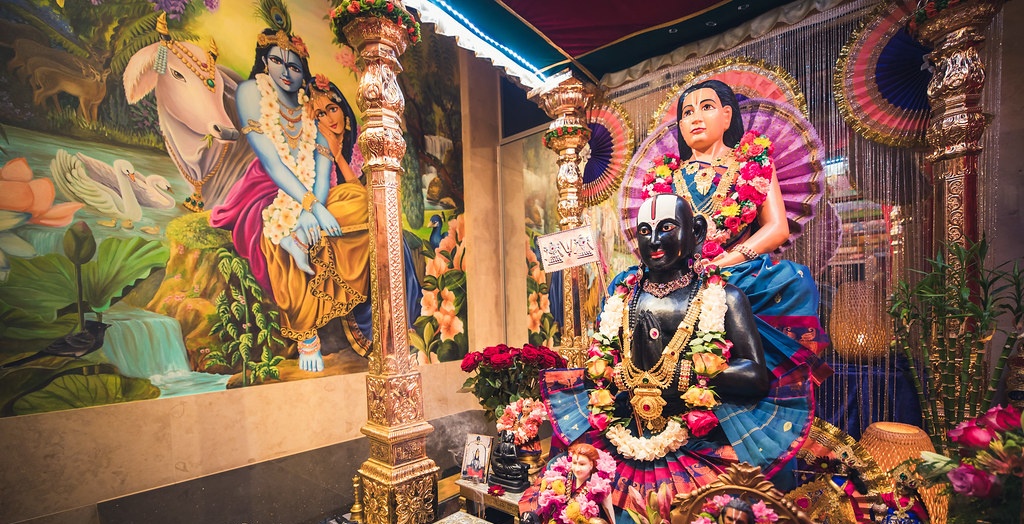
THE MASTERS LILAS
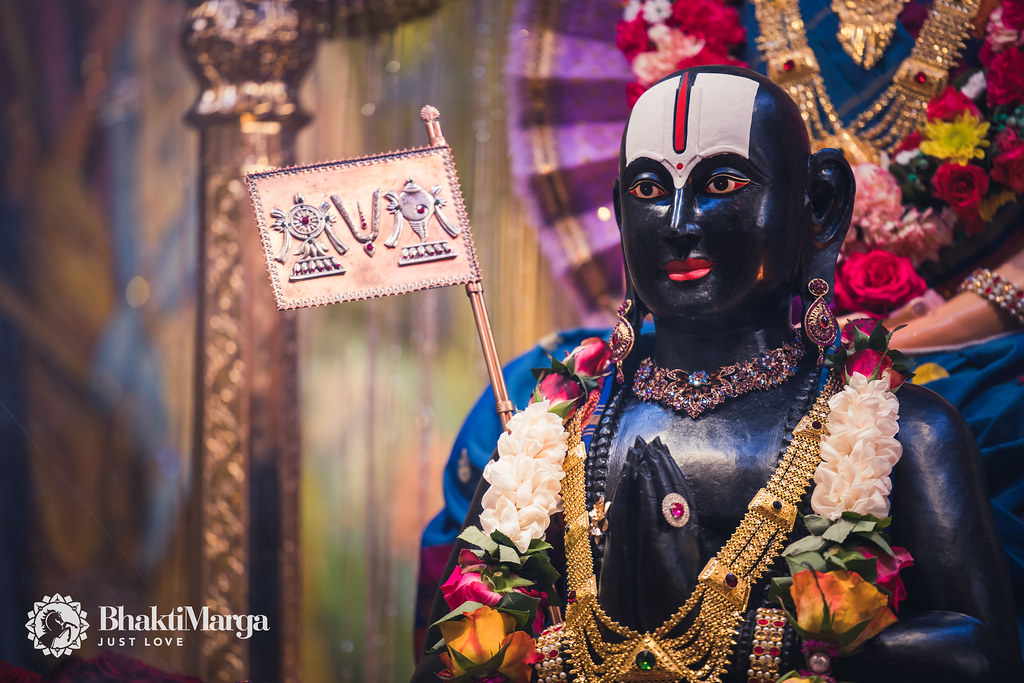
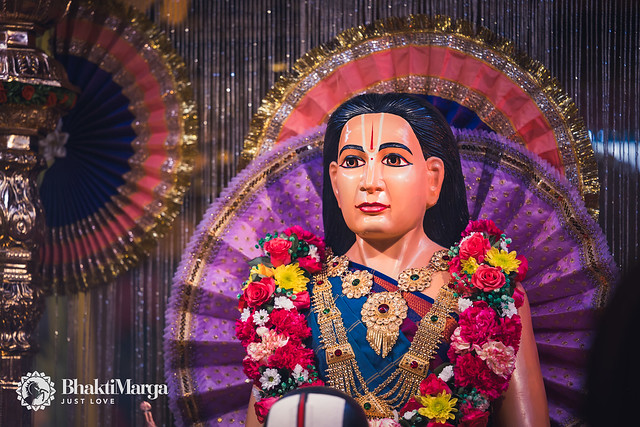
From the Mountains to the Ashram
Anjushri’s spiritual journey is rich with inspirational and meaningful stories. From her path to becoming an Atma Kriya Yoga teacher, to her transformation into a brahmacāriṇī, and her role as a resident and pūjārīṇī at Shree Peetha Nilaya, there is much to learn from this former school teacher from Switzerland.
“I grew up in the mountains, surrounded by peace and beauty. When I was about 19 or 20, I moved far away to study. In that new town, I met a woman who became like a spiritual mother to me. She introduced me to spiritual ideas I had never encountered before.
One day, she told me about a book called Autobiography of a Yogi by Paramahaṁsa Yogananda. I didn’t have much money, but I found an old copy in a second-hand bookshop. I still have it—and I still read it. It’s very special to me.
As I read about Mahāvatāra Bābājī and Paramahaṁsa Yogananda, I felt a deep connection—especially with Mahāvatāra Bābājī. I dreamed of going to the Himalayas to find Him and maybe live in an āśrama.
But life took a different turn. I met my husband, started a family, and stayed in Switzerland. Still, Mahāvatāra Bābājī remained in my heart.
Years later, I met my guru, Paramahaṁsa Vishwananda, and came to His āśrama, Shree Peetha Nilaya. Of course, I brought my beloved book with me. It still guides me to this day.”
One of the most meaningful steps in her Bhakti Marga journey was becoming an Atma Kriya Yoga teacher.
“I remember back in 2008, Guruji and Bhakti Marga were looking for more Atma Kriya Yoga teachers. I’ve always loved teaching—it’s my passion as a schoolteacher. So, I thought, why not ask Guruji if I could become an Atma Kriya Yoga teacher?
One day, we were sitting in the Light Hall, and a friend asked Guruji if she could become a teacher. I was too shy to ask myself. But then something inside me said, Go for it! I ran after Guruji as He was walking away and called out, ‘Guruji, Guruji!’
He stopped and looked at me. ‘Yes, what do you want?’ He asked.
‘I would like to become a teacher,’ I said.
‘Why do you want to become a teacher?’ He asked.
‘Because I like teaching,’ I answered.
He looked at me and said, ‘That’s no reason,’ and walked away.
I felt a bit sad and thought, okay, maybe it’s not meant to be. But then Guruji turned around and said, ‘You can speak with…’ and gave me a name. I didn’t know who that person was, so I thought, alright, I guess it’s over.
But a little later, a young man came up to me—it was Swami Tulsidas. He said, ‘Guruji told me you want to become a teacher. You can come with me—we’ll talk.’
We had a nice conversation, and afterward, he said, ‘I’ll speak with Guruji, and we’ll see what happens.’
A short time later, I got the answer—yes, I could become an Atma Kriya Yoga teacher!”
Over the years, Shree Peetha Nilaya underwent many renovations. As part of the changes, there was a plan to create a special cave for Mahāvatāra Bābāji’s mūrti.
There was a large, empty hall—once used like a bowling alley—and it was chosen as the place to build the cave. The space was carefully transformed using papier-mâché, lovingly shaped to create a beautiful, serene atmosphere.
Sometime later, a big and beautiful mūrti of Mahāvatāra Bābājī arrived. It was placed inside the cave with great love and care. From that moment on, people could visit, pray, and do their sadhana in that space.
It quickly became a special place, meaning so much to everyone who experienced it.
“After that, a team of three pūjārīs began doing pūjā for Mahāvatāra Bābājī every morning. One day, they asked if I could help. I was very happy to join them. Slowly, I took on more responsibility. I began washing Mahāvatāra Bābājī’s mūrti once a month and dressing Him in fresh clothes.
Then, one morning—some time before the inauguration of the new temple—I came for the pūjā, and Mahāvatāra Bābājī was gone! The cave was empty!
I was shocked and confused. ‘Where is Bābājī? What happened?’ I asked Swami Keshava. He just laughed and said, ‘He went on holiday!’
I felt worried. A small Bābājī mūrti had been taken before and never returned, so I feared the same had happened with the large one. We could no longer do the pūjā or serve Bābājī…
But when the new temple opened, we had a big surprise—Mahāvatāra Bābājī was there, on the main altar! He looked so beautiful and fresh, dressed in bright colors. Swami Keshava smiled and said, ‘You see, He came back from His holiday!’
A few weeks later, another mūrti of Mahāvatāra Bābājī arrived from India. This one was black, and it was placed inside the cave. Guruji performed the installation rituals, and finally, we could serve Mahāvatāra Bābājī there once again.”
Anjushri finds deep joy in doing pūjā, feeling a strong and loving connection to Mahāvatāra Bābājī through the mūrti. In her heart, she knows—it is the same Bābājī who lives in the Himalayas.
Every time she steps into the cave, her heart feels light, her spirit lifted. It’s as if just being in that sacred space brings her home.
Sometimes, even the simple thought of doing pūjā the next morning brings a smile to her face. Waking up, walking to the cave, and offering her love to Bābājī—these are precious moments that fill her with peace.
To Anjushri, Guruji and Bābājī are one. When she serves Mahāvatāra Bābājī, she feels she is also serving Guruji. Their love and quiet support are always with her, giving her the strength and joy to walk her path with an open heart.
Anjushri’s life has been filled with many blessings. From her quiet childhood in the mountains to her life at the āśrama, each step of her journey has been full of grace. The gentle presence of the Masters has always been there, silently guiding her—and for her, that presence is the most beautiful gift of all.
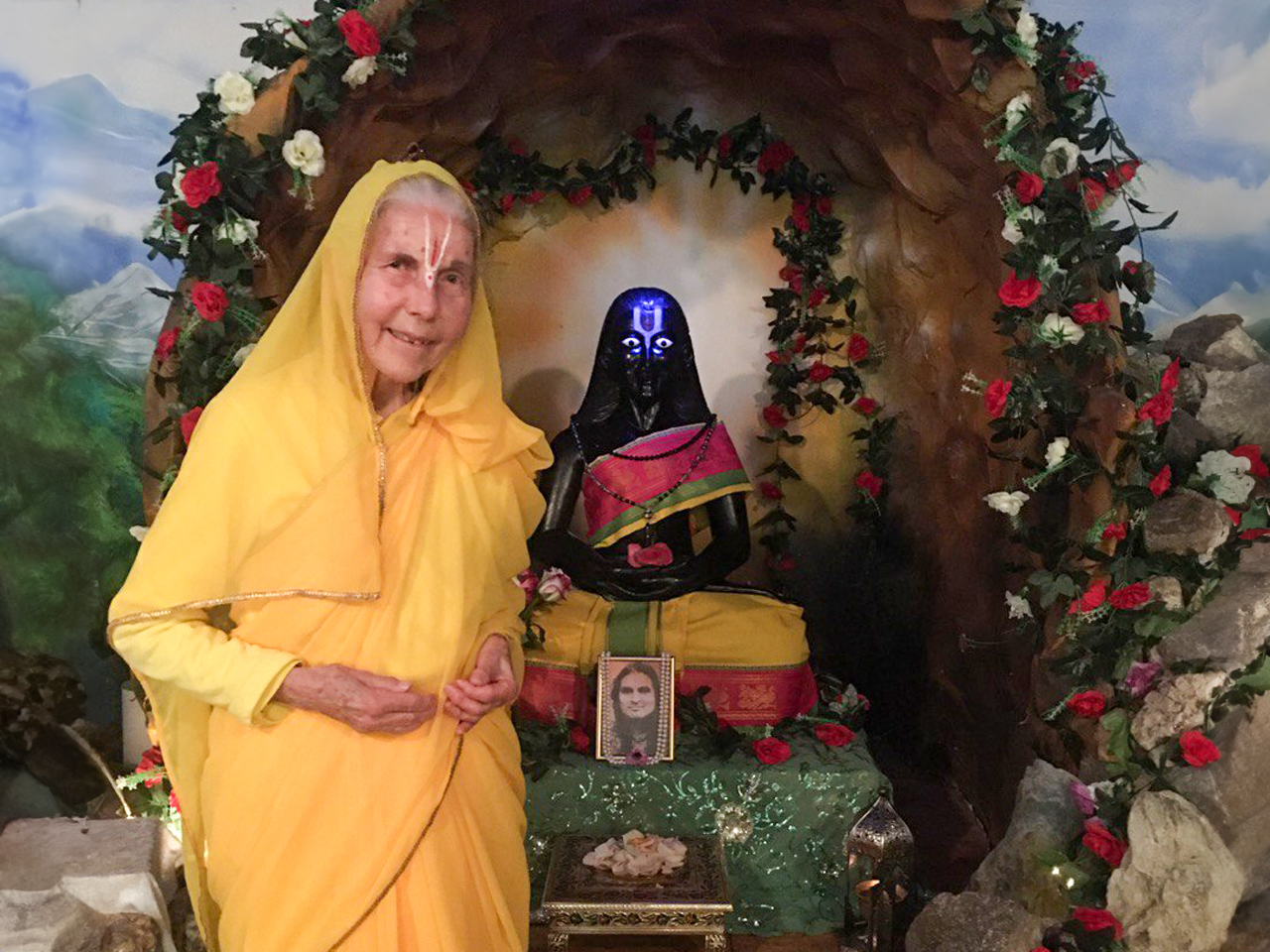
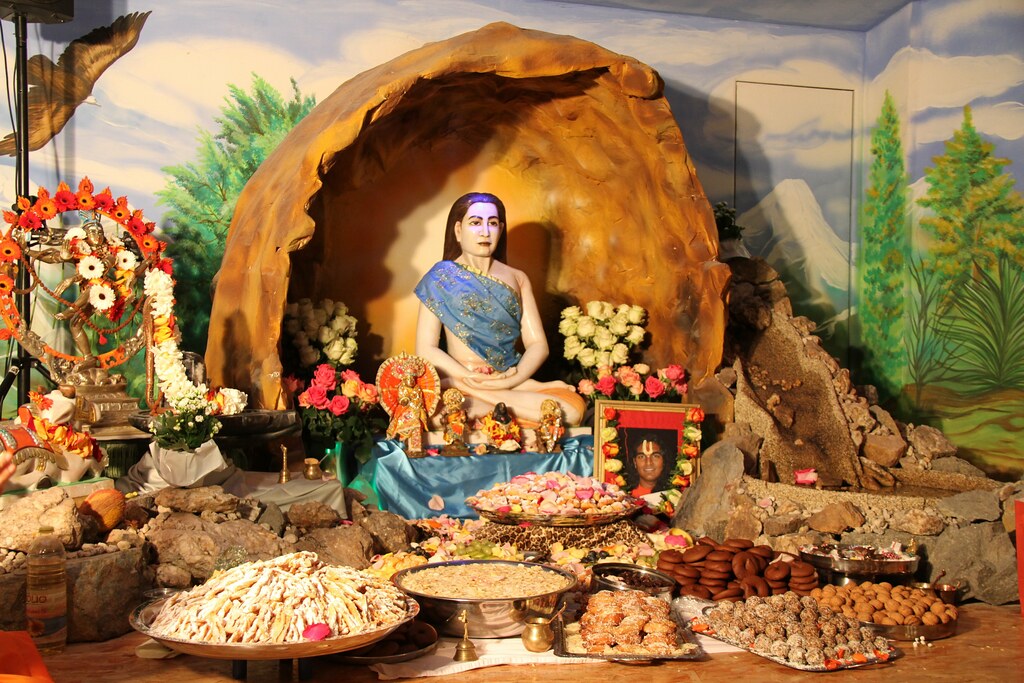
Finding Strength in Service
Sudamadasananda met Guruji in 2018, and that same year, he became a devotee. His spiritual journey is not full of big or dramatic experiences. It is quiet and steady, focused on becoming a better person.
In the beginning, the path was not easy. But slowly, he began to understand his true direction in life. He felt that he was meant to live as a brahmacārī and dedicate his whole life to God.
“At the time, I was working as a dentist in Portugal and I was having several challenges in a new workplace. I visited the āśrama for JLF but didn’t mention any of this. Instead, I asked Guruji what He thought about me becoming a brahmacārī. He replied, ‘You can study for the test, and then we’ll see.’ I understood that the decision ultimately rested with me — and I chose to go for it.”
“Shortly after returning home, I also asked Guruji if I could leave this job. To my surprise, He replied that ‘maybe I could work in a devotee’s dental practice near the āśrama.’ I took that “maybe” seriously.
A few months later, everything began to fall into place. I started preparing for the brahmacārī test and fully committed to this path. In 2022, I left everything behind in Portugal, moved to SPN, and was officially initiated as a brahmacārī on September 27th. I became a resident shortly afterward.”
Sudama’s journey since he moved to Germany has been quite an adventure—full of challenges, both big and small. There were financial struggles, emotional ups and downs, and many mental challenges related to living in a new country, with so many unknown rules and procedures. Being a dentist never really felt right for him. And if he wanted to work as one in Germany, he’d first have to learn the language.
But when Guruji gives you a direction and you follow it, things often start to fall into place in ways you don’t expect.
From the beginning, Sudama had an instant connection with his personal deities, regularly doing pūjā and abhiṣeka at home. Over time, this simple practice became more than a routine—it became his favorite form of sādhana. Still, he never pictured himself as a pūjārī.
That all changed during a resident pilgrimage to India in late 2023. Most of the āśrama residents were away traveling, and the temple needed help. Swami Keshava asked Sudama to step in. To his surprise, he was assigned to serve Lord Narasiṁha—even though he didn’t meet the usual requirements and had almost no experience serving in the temple.
“For about two weeks, I was fully focused on serving Lord Narasiṁha —doing abhiṣeka, dressing Him, and offering the evening pūjā. My whole day was centered around Him.”
“Although my iṣṭadeva is Radha and Krishna, I felt a strong and unexpected connection with Lord Narasiṁha. When the residents returned and my sevā ended, I felt genuinely sad. It had been such a special time, and I didn’t want it to end. I even noticed a strong jealousy toward the pūjārīs, which surprised me. I asked myself, ‘Why am I feeling this way?’”
Then it became clear: I had been shaping my day around serving Lord Narasiṁha. So, I began to do the same with my own deities—waking them, putting them to rest, and caring for them more attentively.
A few weeks later, I received a simple message from Swami Keshava. He said there might be an opportunity for me to serve as a pūjārī regularly. Later, he confirmed it: I would be serving The Masters.”
At first, temple service was difficult to enjoy for him. Most of the pūjārīs were experienced and did abhiṣeka and other duties quickly and confidently. He, on the other hand, learned slowly and, as a perfectionist, struggled to keep up with the temple’s fast pace.
No one pressured him directly, but he often felt like others were waiting. That quiet, unspoken expectation was something he had to learn to deal with.
Over time, he started letting go of his perfectionism. He learned to stay focused and enjoy the service, even when there was pressure. The deities always met him with peace and compassion—never with judgment—even in his hardest moments.
Serving them slowly changed how he faced challenges, and he began to feel calm and supported in their presence.
“Serving Them gave me strength and stability—especially during the stress of learning German, handling paperwork, and adjusting to life in a new country. Even when I felt overwhelmed and lost, I never stopped doing temple service. It kept me grounded.”
“Balancing everything was hard and I often felt torn between studying and serving. But I followed my heart—and I’m glad I never gave up the service.”
Through serving the deities, he realized that he was also serving the Satguru. This gave his spiritual path deeper meaning.
From the beginning, he felt a quiet sense of belonging to Guruji—not through strong emotions, but it was undeniable to observe the inner transformation that happened after Guruji came into his life.
Today, his direct contact with Guruji is minimal, usually just short talks about dentistry. As a pūjārī, he sees Guruji in the pūjā kitchen frequently but never seeks attention. He goes there to serve, not to be seen. When Guruji needs to speak to him, he does so—reminding him that there’s no need to chase Him. Guruji comes when the time is right.
He noticed how easy it is to try to get closer to Guruji by copying others or pushing for closeness through those around Him. But he chose not to follow that path. He approaches Guruji only when it feels sincere and respects the current external relationship that exists between them.
Now that he’s finished his German studies and is preparing to start work, he’s unsure how much he can continue serving in the temple. It’s a hard thought, as temple service has become part of him. Still, he trusts that the connection will remain.
In the end, though he serves The Masters, it often feels like They are the ones serving him. Their constant blessings give him the strength and courage to keep walking his path.


Dhyāna mūlaṁ guror mūrtiḥ
pūjā mūlaṁ guroḥ padam
Mantra mūlaṁ guror vākyaṁ
mokṣa mūlaṁ guroḥ kṛpā
“The root of meditation is the Guru`s form; the root of worship is the Guru`s Feet; the root of mantra is the Guru`s word; the root of liberation is the Guru`s Grace.”
Sri Guru Gita, verse 76
Serve those who serve us all!
Bhutabhrteshwarnath Mandir is a place where we come together to pray and grow in our spiritual journeys. The rituals and prayers help us feel closer to the Divine and remind us of our faith. If you feel a calling to deepen your relationship with the Divine, one way to do this is to support our temple. Join our donation program with the link below and help us continue the wonderful work of our beloved Gurudev. Together we can spread the grace of the Lord and bring more positivity to the world!
“By this, may you nurture the gods, and in return the gods will nurture you. In this way, nurturing one another, you will obtain the highest good.” Bhagavad Gita, Chapter 3, Verse 11

Rewatch Paramahamsa Vishwananda`s Satsang

“It`s not you who serve the Master but, whether you know it or not, it`s the Master who is serving you, all the time. The Masters don`t come to Earth for themselves. They come to lift you all up”
All Blog Posts
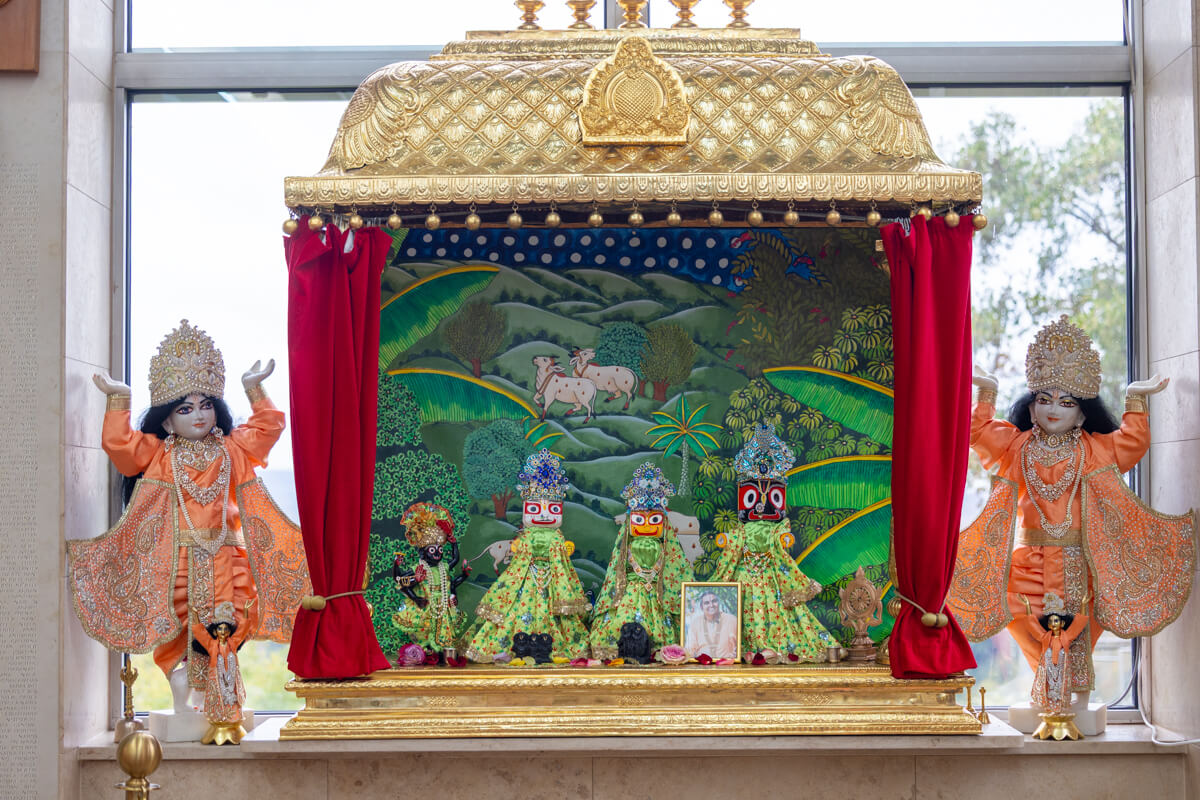
Sri Jagannatha and Gaura Nitai’s Lilas
Śrī Jagannātha, a manifestation of Śrī Kṛṣṇa Himself, embodies the all-embracing form of God who offers His love and mercy to everyone, regardless of background.
November 2025
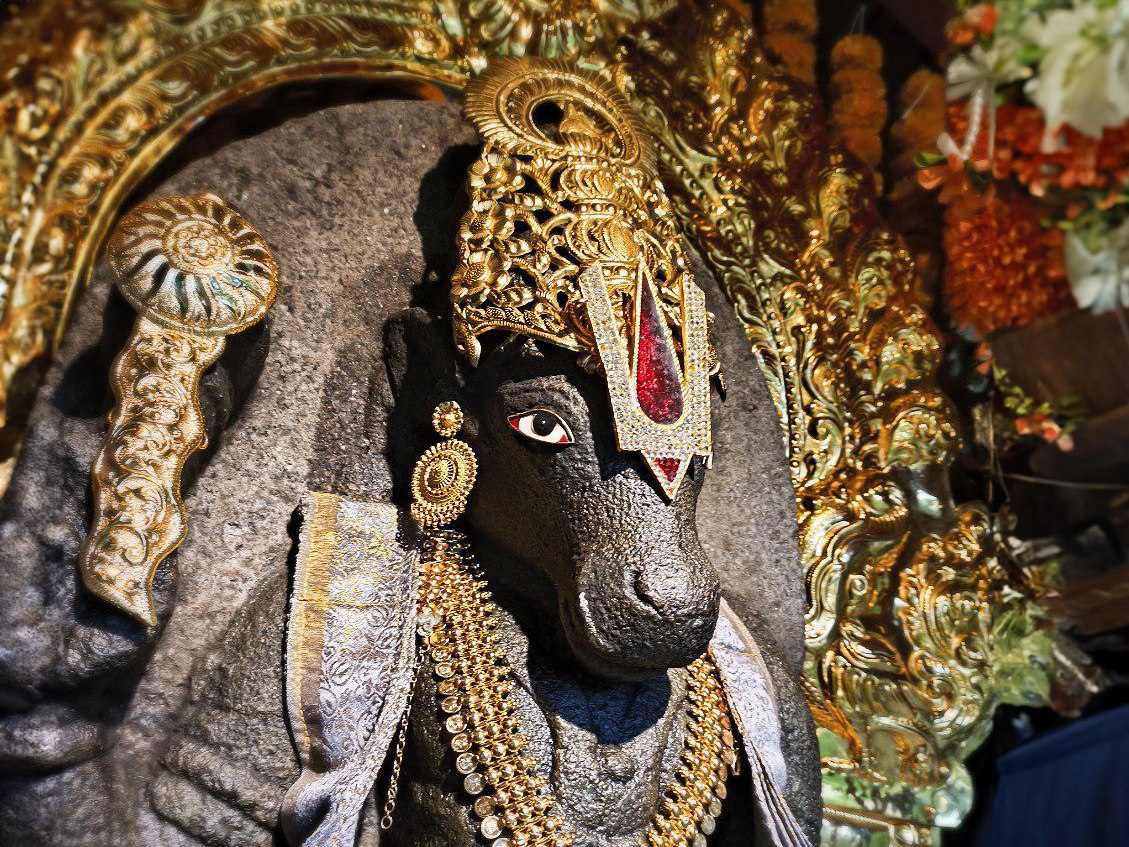
Lord Varaha`s Lilas
Lord Varāha is a boar incarnation of Bhagavān, particularly renowned for His act of saving Mother Earth from the demon Hiraṇyākṣa.
September 2025
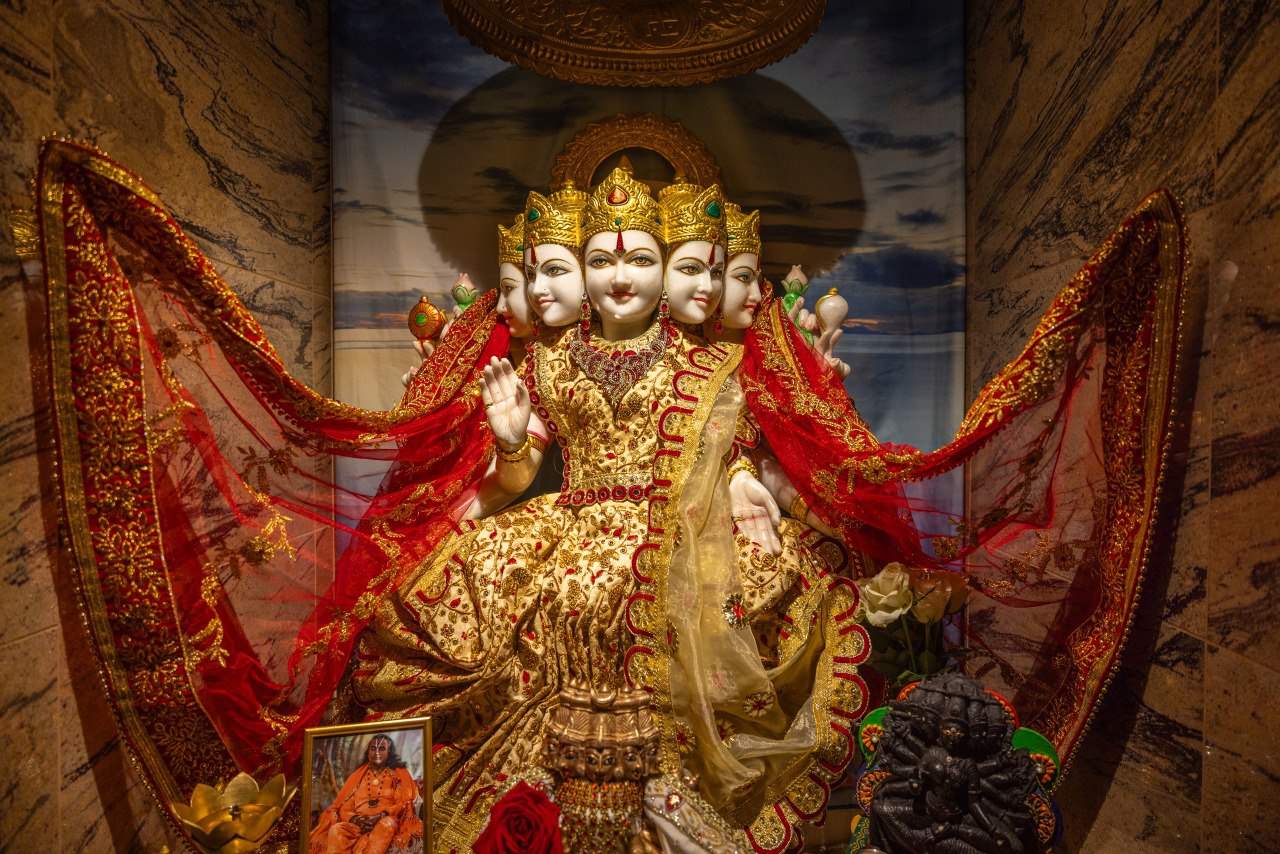
Gayatri Devi`s Lilas
Gāyatrī-devī, a radiant aspect of the Divine Mother, is revered as the source of wisdom in Hindu tradition. As the divine origin of the Gāyatrī-mantra, She embodies purity, clarity, and higher learning.
July 2025

The Masters`s Lilas
At Shree Peetha Nilaya, The Masters— Śrī Rāmānujācārya, and Mahāvatāra Bābājī —are deeply cherished by devotees. Their lives of selfless service and deep devotion continue to inspire us.
May 2025
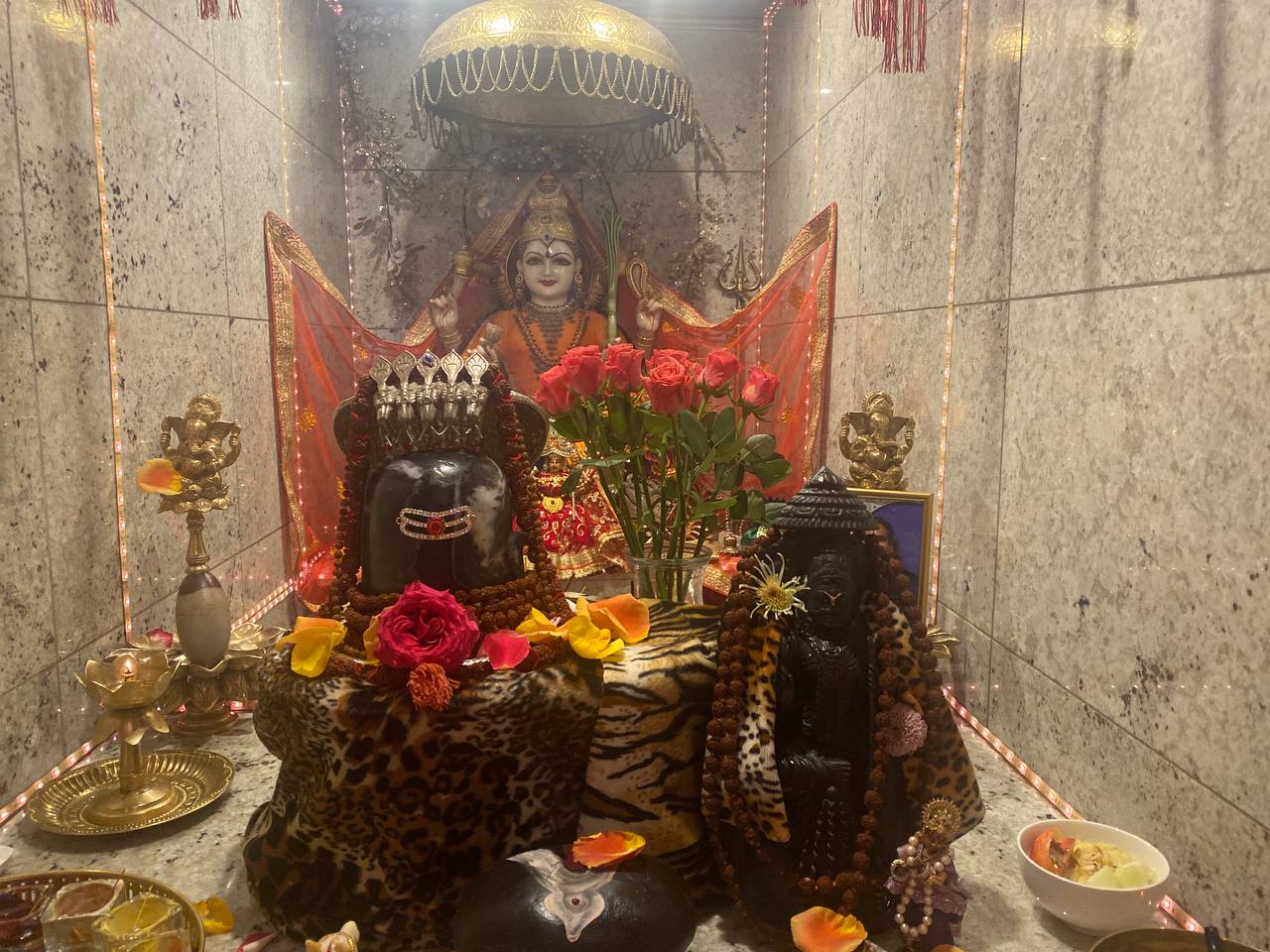
Shiva & Kamakshi Devi`s Lilas
Lord Śiva, one of the Trimūrti, embodies love, service, and devotion, holding a special place in the hearts of his devotees. His divine counterpart, Kāmākṣī-devī, a powerful form…
March 2025

Tulsi Devi`s Lilas
Tulsī-devī is more than a plant—She is a living presence of love and devotion that touches the hearts of all who serve Her.
January 2025
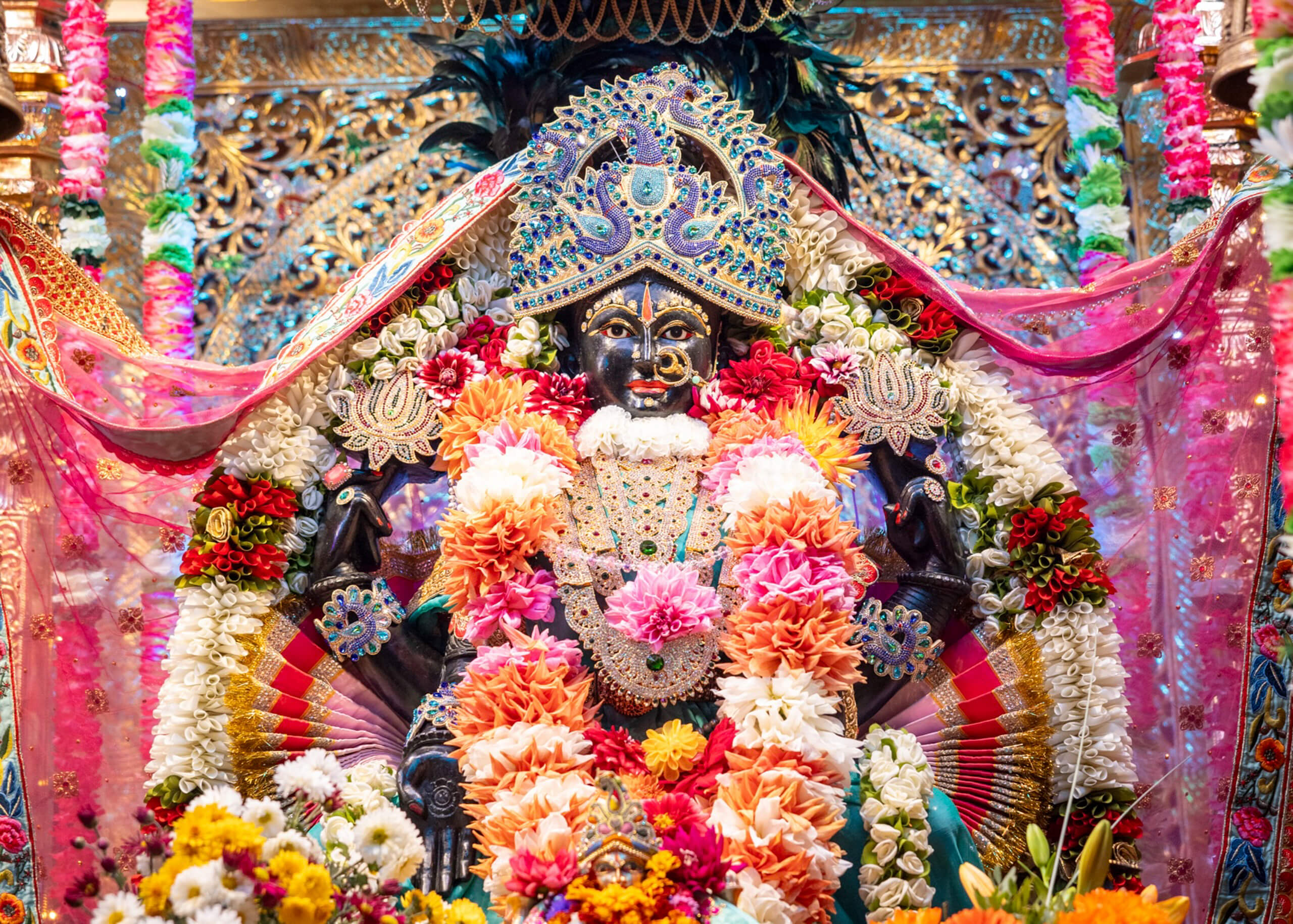
Maha Lakshmi`s Lilas
Maha-Lakshmi, the beloved wife of Lord Narayana, fills our lives with blessings, peace, and kindness.
November 2024

Radha Krishna`s Lilas
Radha and Krishna, residing in the Bhutabhrteshwarnath Mandir at Shree Peetha Nilaya, were lovingly named ‘Kripanidhe’ by Guruji, meaning ‘the ones who are full of mercy and grace’.
October 2024
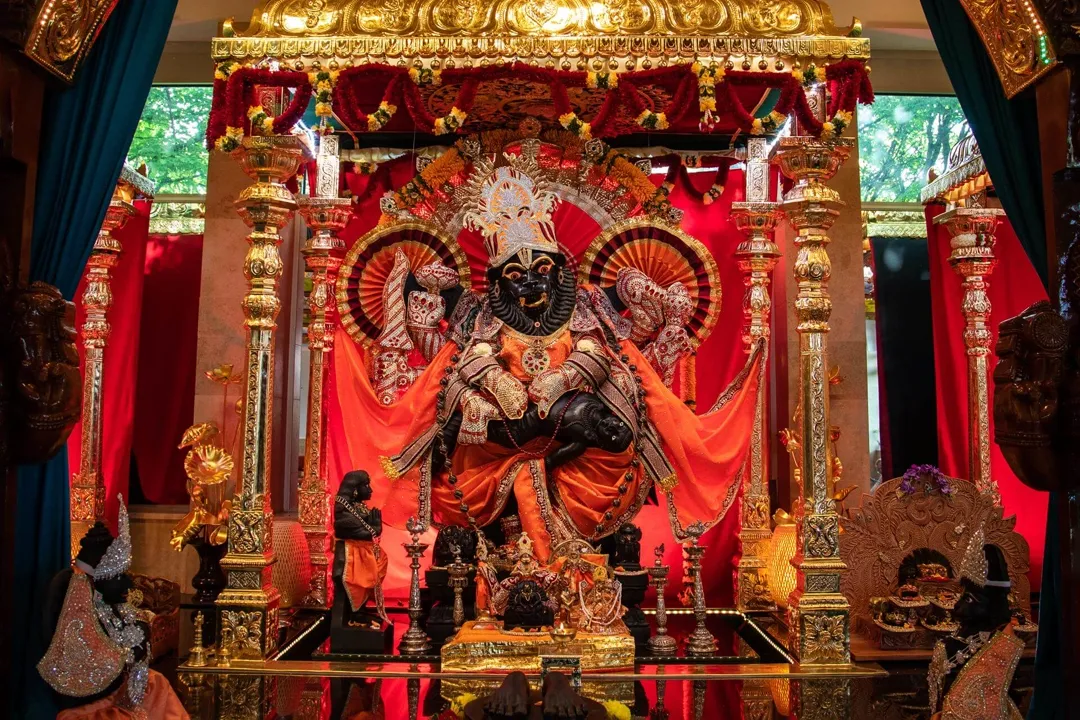
Lord Narasimha`s Lilas
At the Bhutabhrteshwarnath Mandir in Shree Peetha Nilaya, Lord Narasimha, who is both fierce and gentle, is not just respected but also truly loved by His devotees.
September 2024